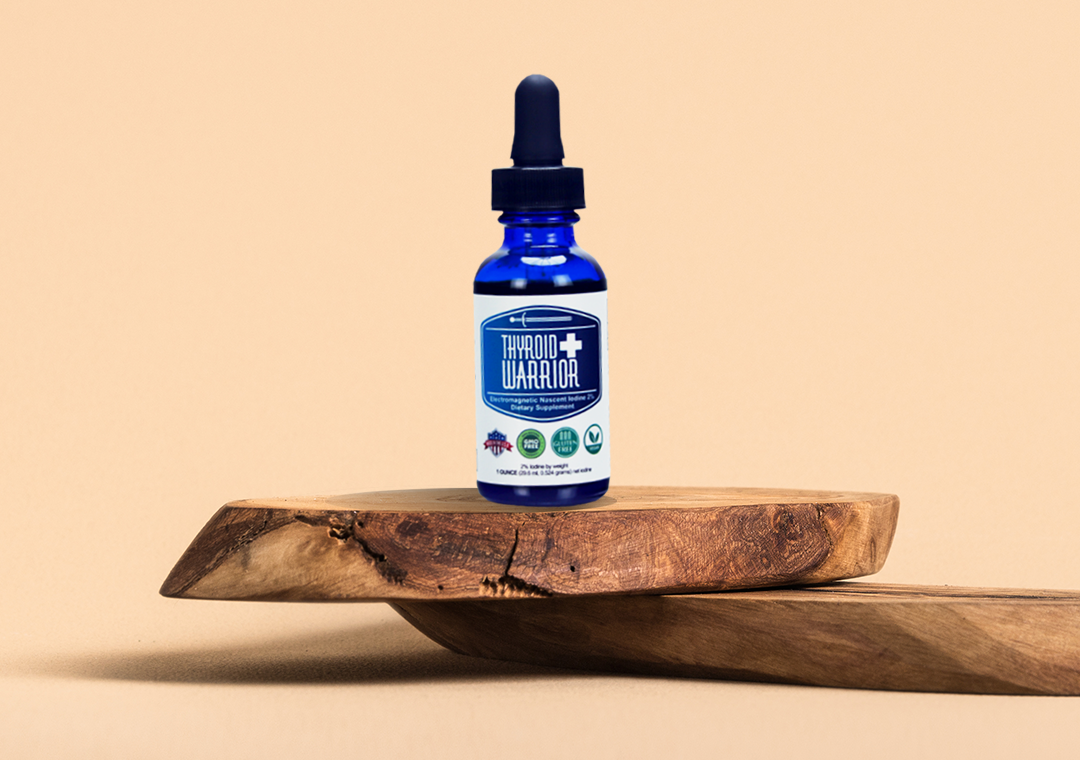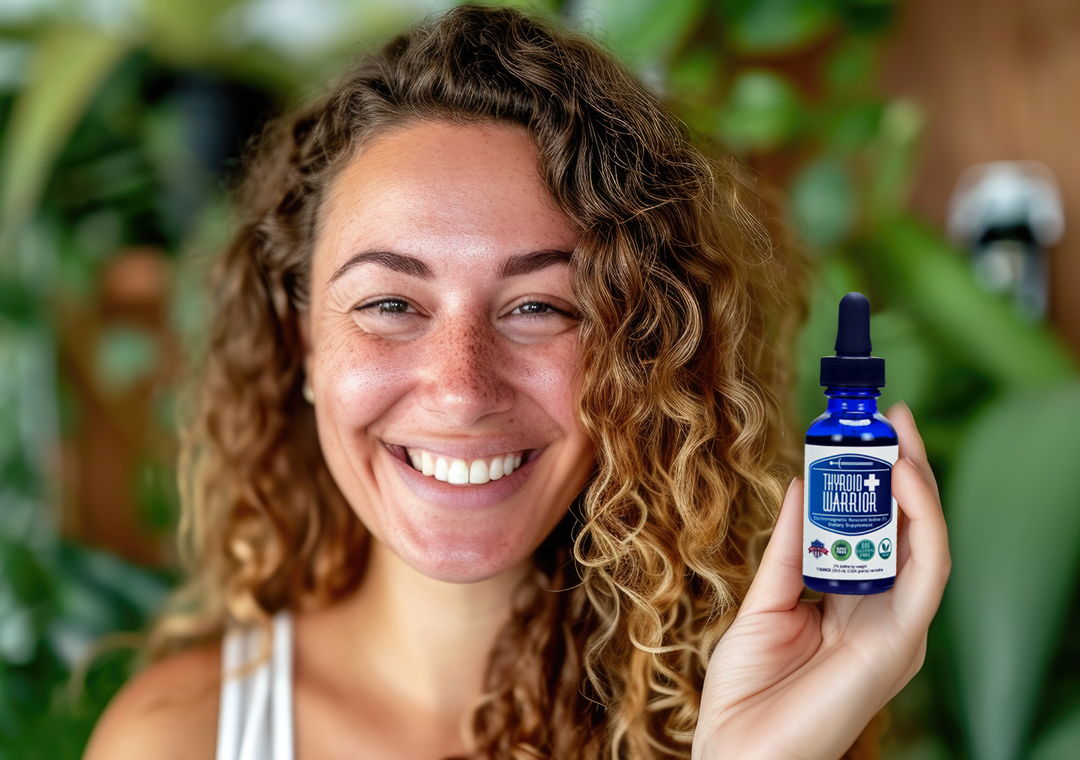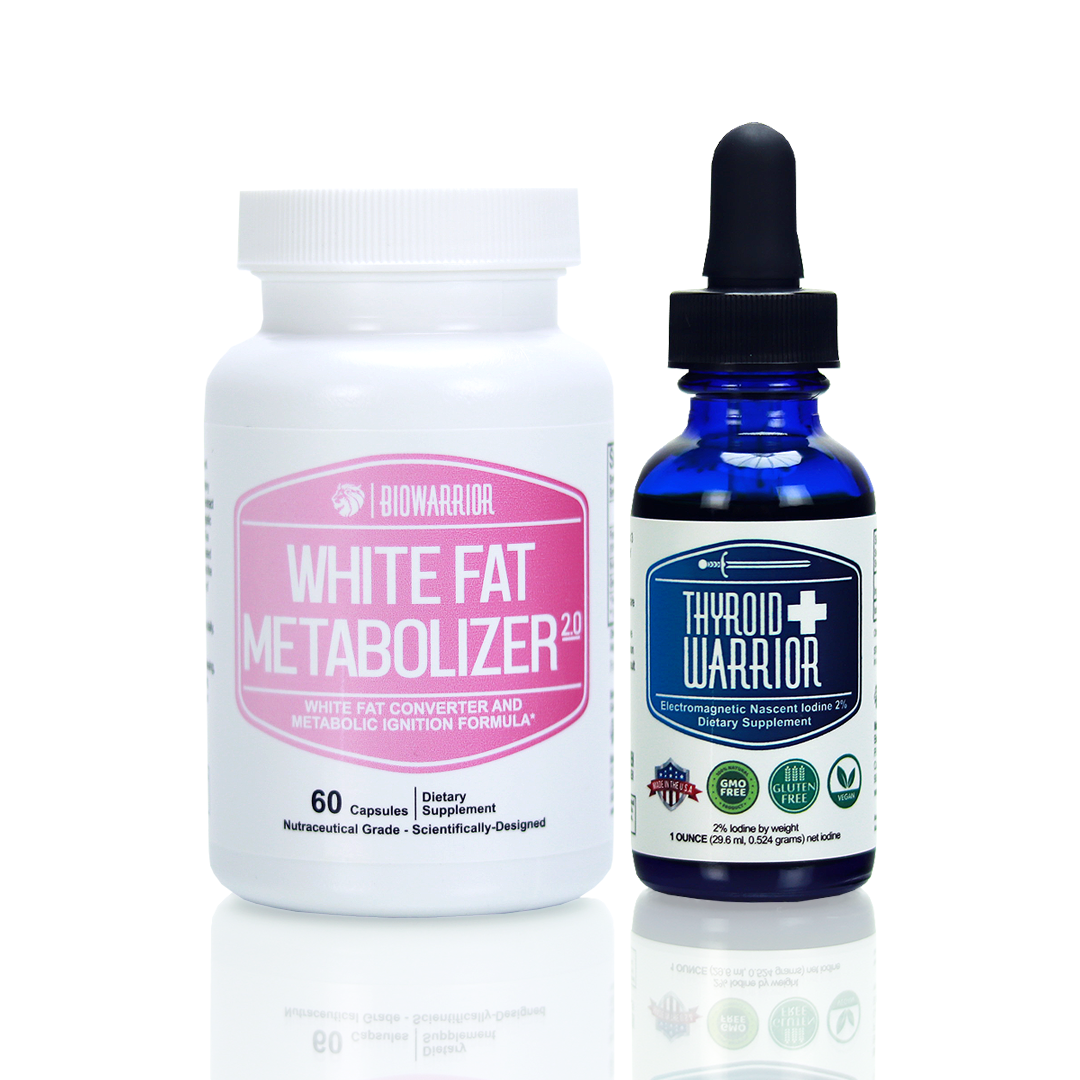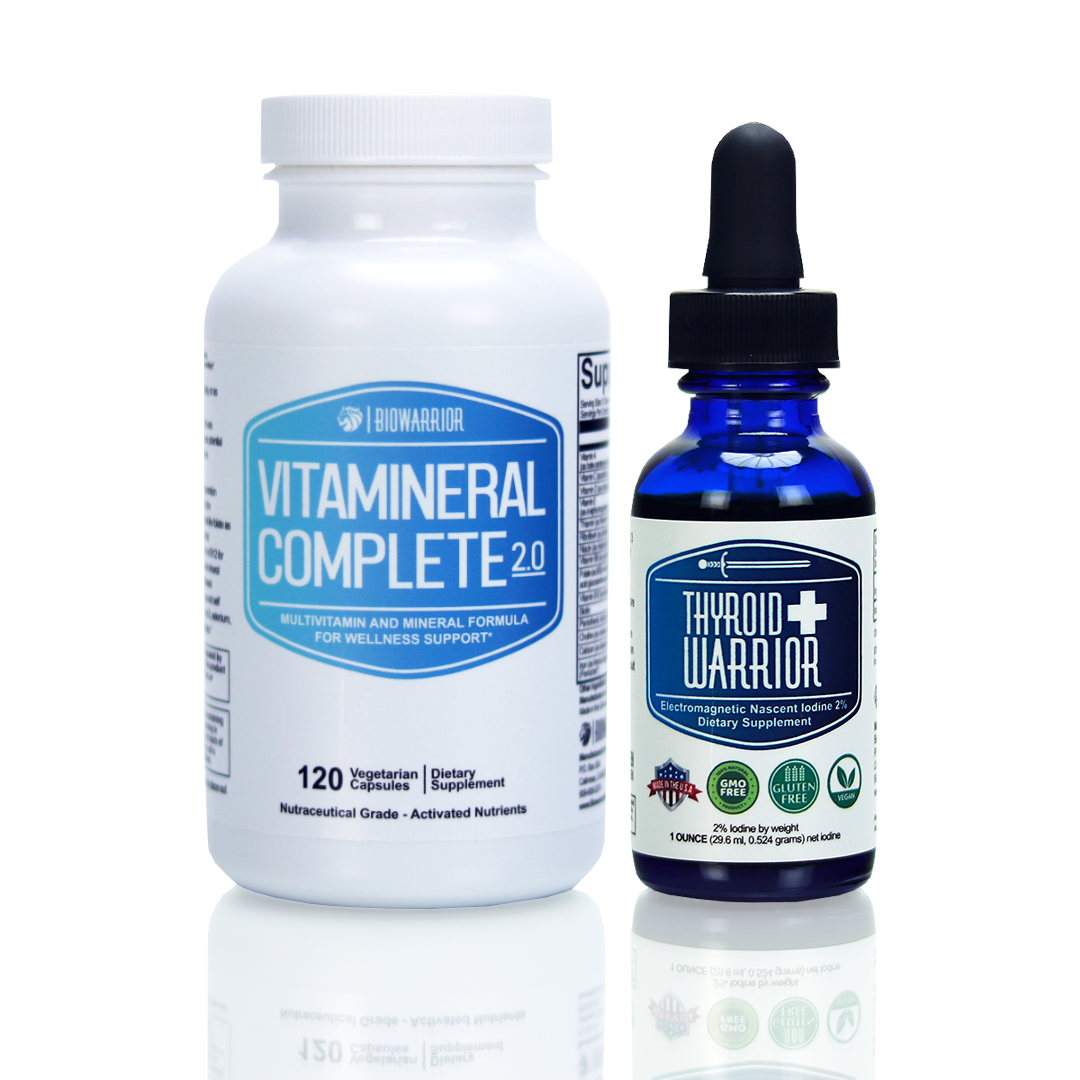Iodine and Salt
The roaring twenties was a period of prosperous change in the United States. Jazz music became wildly popular, women gained a new energetic freedom, and the importance of nutrients became recognized.
In 1924, iodized salt became available for the first time on American grocery store shelves. Iodized salt was created with the intention of solving the country’s prevailing goiter problems. Goiter is an abnormal swelling of the thyroid gland with the most common cause being a lack of iodine in the diet. Iodized salt therefore at the time, was seen as a miracle cure.
However, recent studies have shown that iodized salt isn’t all that it’s cracked out to be.
Iodine consumption in the United States has dropped, but iodine deficiencies are more likely to be related to the recent changes in how our food is made, than the consumption of salt alone.
Prior to the 1980s, iodine was used in bread making and each slice contained about 0.14 mg of the essential nutrient.
But since then bread makers have replaced the use of iodine with bromide, a similar halogen that is in fact, toxic, and competes directly with iodine in the body.
The iodine content of dairy was also much higher 30 years ago than what it is now.
Is Iodized Salt Even Effective?
Of course, you can get some iodine through iodized salt, but how effective is it really?
One study showed that 57 percent of the iodine in salt was lost through production practices before it even reached supermarket shelves. (1) In addition to this, it has been shown that over 50 percent of the iodine in iodized salt is lost through certain cooking methods. (2)
Furthermore, chloride is a main ingredient of salt and is a toxic element that competes with iodine. When iodine is added to salt, it has to compete with this chloride for absorption in the body. Research has suggested that in fact, only ten percent of the iodine in salt is bioavailable because of this. (3)
Iodine Deficiencies Today
Many women in the United States today are at a high risk of an iodine deficiency. Dr. David Brownstein found more than 96% of the 5,000 patients he tested were iodine deficient, in a clinical study he conducted. (4)
The National Library of Medicine states, Iodine Deficiency Disorders (IDD) are one of the biggest worldwide public health problems of today. (5)
With the recommended daily intake for women set at 150 mcg, it is fair to say that many women are falling short of their daily needs.
Some symptoms of an iodine deficiency include fatigue or lethargy, brain fog, memory problems, thinning hair, constipation, depression, difficulty losing weight, headaches, and dry skin.
The Biowarrior products are designed and formulated to be safe, effective and easy to use. †
They are exclusively sold on the Biowarrior website.
†These statements have not been evaluated by the Food and Drug Administration. This product is not intended to diagnose, treat, cure, or prevent any disease. The website’s content and the product for sale is based upon the author’s opinion and is provided solely on an “AS IS” and “AS AVAILABLE” basis. You should do your own research and confirm the information with other sources when searching for information regarding health issues and always review the information carefully with your professional health-care provider before using any of the protocols presented on this website and/or in the product sold here.








